Alan Wake creators discuss challenges of going multi-platform and multi-project: "It's always going to be tough, but it's also pretty awesome"
Interview | Play magazine speaks to Remedy's Sam Lake, Thomas Puha about the evolution of Alan Wake from conception to sequel
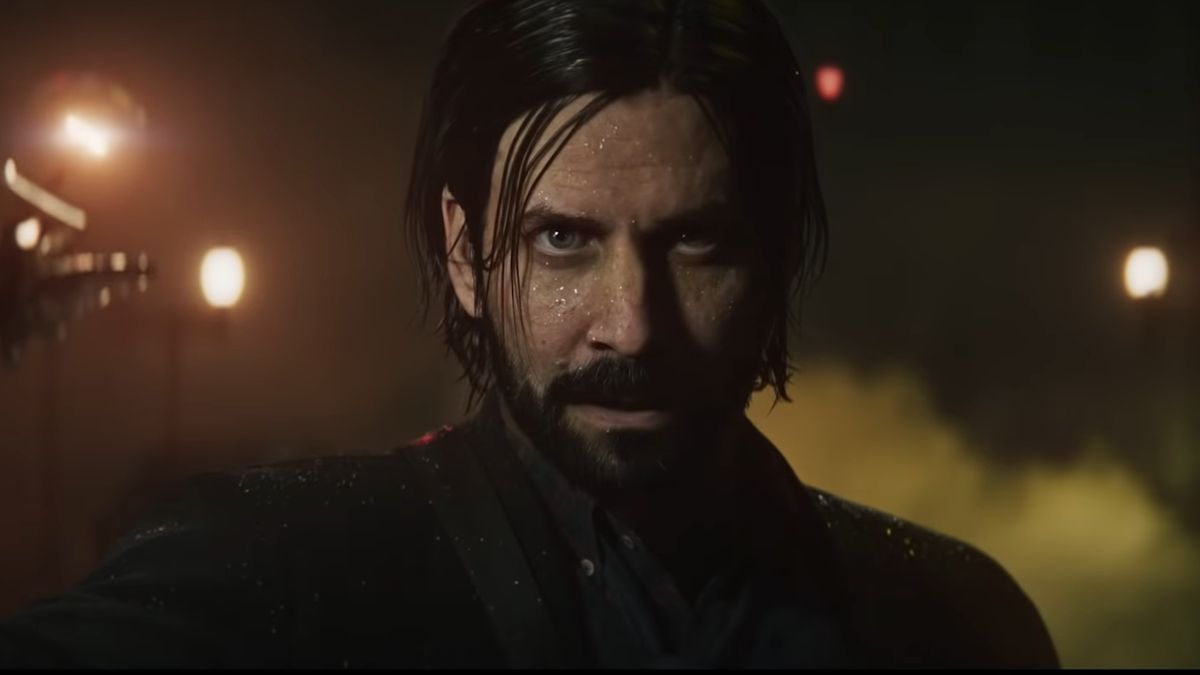
We know what you're thinking: 'Last year is neither 'retro' nor 'classic!'' That's true, but the story of Alan Wake 2 is a winding tale that begins on a completely different platform, and last year's PlayStation remaster is far from the end. So, now you're thinking, 'Wow! Sounds twisty!' It is. And now you're thinking, 'Wait, how do you know what I'm thinking?' Well, that's simple – we know because we wrote it down.
In case you're not familiar, here's what it would say on the dust jacket: Alan Wake is a successful crime author, but writer's block has put a stopper on his book progress. His photographer wife, Alice, takes him to the sleepy town of Bright Falls for a change of scenery. Little does either know that something wicked comes out at night there. Dark forces are at work, possessing the townspeople and bringing to terrifying life whatever scant manuscript pages Wake ekes out. Stranger still, Alan doesn't remember penning a single word and cannot predict how this story will end.
Beautiful friend
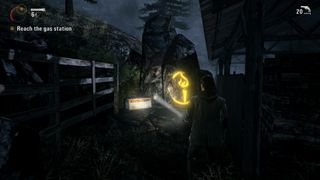
"After Max Payne 2, we went through many different concepts. Bit by bit, different elements out of those concepts stuck and Alan Wake emerged from it."
Pulpy, potentially clichéd summary aside, during the few hours of winter daylight you explore the town and acquaint yourself with its idiosyncratic residents. An idealised vision of America, Bright Falls and the surrounding area were heavily inspired by the Pacific Northwest region. But at night you take on the Taken in third-person shooter fashion. These foes are shrouded in a protective barrier of darkness, which you need to burn through with the beam of your flashlight before you can blast them away. But the Taken aren't simply mindless drones; the Dark Presence is the Big Bad in town, possessing townsfolk, animals, and, on at least one occasion, a bulldozer.
Debuting on Xbox 360 in 2010 before venturing onto PC in 2012, it was a long road to get to the PlayStation game we know today, and the beginning of this story stretches back far beyond 2010. Creative director Sam Lake starts at the beginning. "Creating the idea and concept of Alan Wake was a long process. After Max Payne 2, we went through many different concepts. Bit by bit, different elements out of those concepts stuck and Alan Wake emerged from it."
Following the linear Max Payne duology, it was felt that Remedy Entertainment's next title should go in a different direction. Lake elaborates, "First, there was an idea of a free-roaming open world and dynamic day and night cycle, where the time of day greatly affected the threat level." This prototype was far more survival-focussed than the final game, seeing you scavenge supplies during the day. After shoring yourself up with fuel for generators and ammo, you'd defend your little island of light against familiarly shadowy assailants. Lake continues, "Then there was a Stephen King-inspired supernatural horror story set in a small town. Only then came the idea of a writer of horror stories as the main character and light as a weapon against the forces of darkness. The pitch of the concept was already called Alan Wake, and the key story elements and themes were already there."
It was a much more solitary experience, particularly during the day. One version of the story saw the town's residents evacuated as an underwater volcano erupted within Cauldron Lake, unleashing the supernatural disturbance you fight against.
Lake says of this open-world version of the project, "We tried to make that work with the rest of the elements we wanted there for a long time." An extremely limited slice of this prototype was shown at E3 in 2005 before Remedy later secured a publishing deal with Microsoft Games in 2006. After signing with a publisher, Remedy continued to iterate but was ultimately not happy with the project or the progress it was making. The developers struggled to unite various prototyped ideas and reconcile the pacy thriller story with the open-world structure of the game. With pressure mounting, the project needed to be re-focused and tough decisions had to be made. Enter the Sauna Group.
Sign up to the 12DOVE Newsletter
Weekly digests, tales from the communities you love, and more
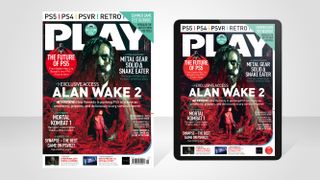
This feature first appeared in PLAY magazine - Subscribe here to save on the cover price, get exclusive covers, and have it delivered to your door or device every month.
The development leads came together to review every aspect of the project over an intense two-month period. The aim was to lock in features and reform the project into a deliverable game while minimising the amount of already-built work left on the cutting room floor. Lake says, "Along the way, to support the open-world design, the story had gone through many very different drafts, but we returned to the themes and plot elements that were close to the initial pitch when we changed our approach." The shift ultimately forged, as Lake describes it, the "more linear [...] story-driven thrill-ride experience," we're familiar with today. Lake tells us, "Even though the path through the game is linear, the original open world can still be seen and felt all around, making the world more immersive and believable [than] it would have been without it."
The team took the open world and from it crafted broad but linear levels. This approach really sells the oppressive sense of isolation in the levels set at night – you feel it acutely as you pelt your way through shadowy forests. Later levels get impressively wide too, as Wake later has to reckon with evil sets of wheels and hit the road himself.
Thomas Puha, Remedy's communications director, reflects on the seven-years-long development: "The main takeaway from Alan Wake is that… you can chase perfection forever and not reach it. Alan Wake had that 'difficult second album syndrome' where nothing was quite good enough after Max Payne (even if Max Payne was our second game) and it took a very long time to figure out what game we were making."
Alan Wake and the also far-from straightforward Quantum Break both in part led to a shift in studio strategy between 2016 and 2017, with Remedy going multi-platform and multi-project. Puha elaborates, "[It's] been a tough adjustment and it's always going to be tough, but it's also pretty awesome to have something coming from Remedy every year, be it a remaster, a new game, or an expansion. It's fun to ship things and get them to your audience, instead of one game every five years."
To be continued…

Speaking of remasters, plans for one of Alan Wake began to percolate almost as soon as Remedy got the publishing rights back from Microsoft in 2019. Puha shares that the plan was always to remaster the original game, as opposed to doing a full-on remake, and then bring it to new platforms. As such, the original over-the-shoulder gunplay is just as it was back in 2010. The remaster team focussed their efforts on the visual presentation, and Puha says particular attention was paid to the cinematics.
"These were a sore point in the original game, and we were able to improve them quite a bit," he explains. He goes on to say, "We changed the character model of Alan to actually resemble our actor Ilkka Villi, who is the face and mocap actor of Alan Wake. This helped to make the remaster far more consistent as Alan/Ilkka shows up in live-action sequences in the game in various places and the old character model looked very different to the actor portraying him due to technical limitations of that time."
Alan Wake launched on PS5 and PS4 in October 2021, though this is far from the end of the story. 2019's Control and its AWE DLC alluded to Remedy having more in store for the writer, as both games take place in the same universe. A full survival horror sequel was eventually announced in December 2021. We hear you ask, 'What terrifying twists lie ahead?' But for now, that's all she wrote.
This feature first appeared in PLAY magazine - Subscribe here to save on the cover price, get exclusive covers, and have it delivered to your door or device every month.
As PLAY Magazine’s games editor, Jess is known for championing the weird, the wonderful, and the downright janky. A fan of cult classic JRPGs and horror, her rants about Koudelka and Shadow Hearts have held many a captive audience. Outside of writing about all things PlayStation, she’s also a lifelong fan of Nintendo’s handheld consoles. Having whiled away most of her college years playing The World Ends With You on the original Nintendo DS, she’s looking forward to uncovering all of NEO’s secrets too. Beginning her career as Official PlayStation Magazine’s staff writer in 2017, she’s since written for PC Gamer, SFX, Games Master, and Games TM.
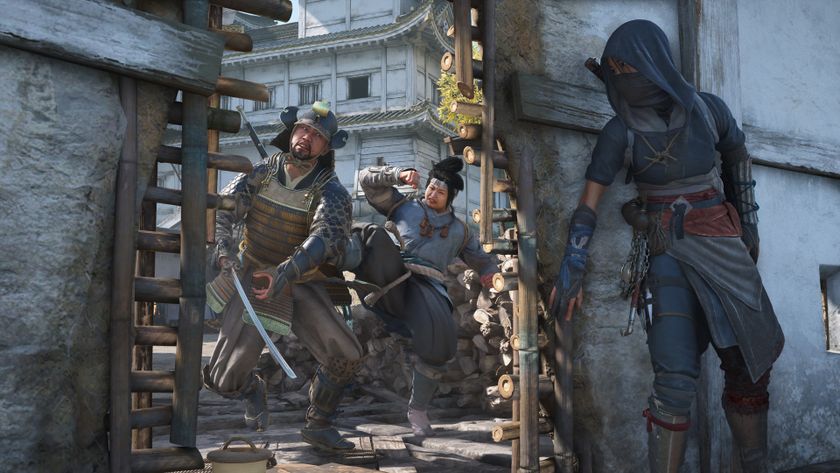
Assassin's Creed Shadows devs "actively looking at" an even harder difficulty mode for the RPG: "How challenging do you want it?"
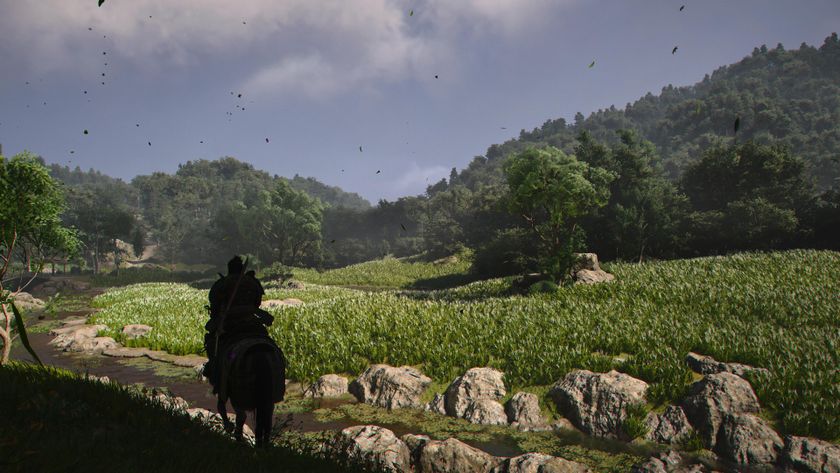
Assassin's Creed Shadows' delays were mostly used to polish the RPG, creative director confirms, not for deeper changes brought about by Star Wars Outlaws reaction











